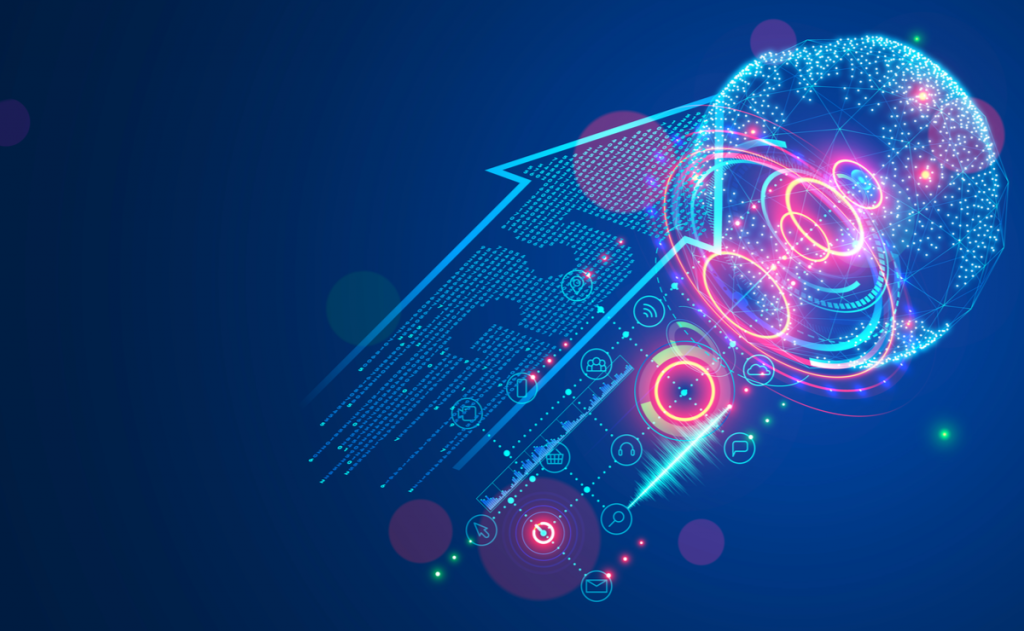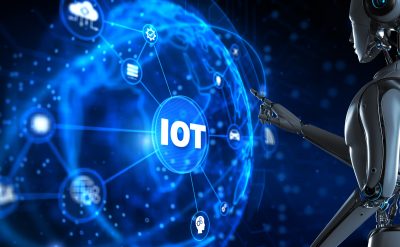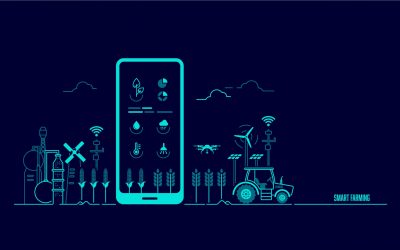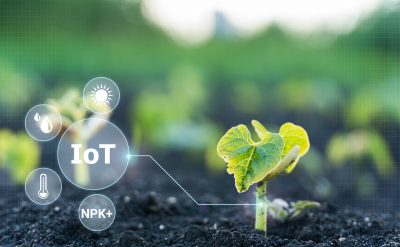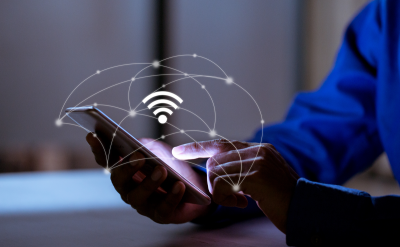What happens when two powers come together? They either explode or result in a positive product. The following article will discuss the two most potent technologies today – IoT and 5G – and their impact on the tech world.
The emergence of 5G
5G wireless is an umbrella term used to describe a set of standards and technologies for a faster wireless internet technology that is ideally 20 times faster and has 120 times less latency than 4G, thus opening the doors for IoT networking advances and support for new high-bandwidth applications.
5G enables faster, more secure, and more stable connectivity. It can power advancements in everything from self-driving cars to smart grids for renewable energy to AI-enabled robots. Let’s see how this technology has evolved:
- The first generation (1G) was about voice calls, shifting from wired to cordless or wireless phones.
- The second generation (2G) was about voice and texting. It enabled machine-to-machine communication for simple solutions such as remote monitoring and control, telematics, and more.
- The third generation (3G) was all about voice, text, and data. The technology started expanding its area, and inventions sped up.
- The fourth generation (4G) involved everything as in 3G voice, text, data with greater speed. It brought with it innovation, higher bandwidth, stronger security, greater capacity, and continuous connectivity.
- The fifth generation (5G) will be faster than all in all aspects – voice, text, data, and speed. It is fast enough to download a full-length HD movie in seconds.
Emergence of IoT
Imagine a world where smart homes can be unlocked using face recognition; lights turn off automatically one to 60 minutes after someone leaves the room, bills can be paid at the store without waiting in the queue, etc. All these actions are performed efficiently with the help of the Internet of Things (IoT). As we all know, the IoT is spreading rapidly and is backed by 5G cellular technology. Together, the 5G and IoT ecosystem will introduce an era of smart manufacturing as one will be able to optimize customizable products and manufacturing procedures.
Research on 5G and IoT found the following –
- 5G and IoT-equipped machines will mark a global opportunity by 2024 worth 1.2 billion.
- 5G will be essential for building private wireless networks to support dependable IoT applications.
- Application revenue for edge computing in 5G is expected to increase by 40% of the total infrastructure spending by 2024.
- Implementing 5G will surely benefit IoT solutions because of its ability to handle low-power WAN IoT network capacities.
- IoT’s scope will increase when it comes to its impact on the daily lives of the customers and enterprise systems.
- 5G will optimize IoT networks through the use of radio frequency management to fulfil the demand of narrowband IoT applications and those required for higher bandwidth.
- It is expected that the biggest vertical for MEC (Multi-access Edge Computing) will be manufactured by 2024. It will be powered by private LTE (Long-Term Evolution) and 5G networks for the industrial segment.
Defining 5G IoT
5G is all about a new communication system, which includes a New Radio (5G NR) framework and an entirely new core network with a vision to improve wireless connections worldwide. It also includes the concept of multiple access for connectivity technologies, including satellites, fixed-line, Wi-Fi, and cellular network.
With the invention of IoT-enabled devices, 5G connects more devices at higher speeds. Thus, 5G creates an effective and smooth user experience no matter what application, devices, or services are used.
Massive cellular IoT solutions are defined as a low-cost, low-power solution. They flourish in deep and broad coverage environments, both indoors and outdoors. They provide secure connectivity and authentication that are simple to implement in any network topology, and are built for full-scope scalability and capacity expansions.
The power of 5G adaptability makes businesses, city developers, and other industrial organizations connect more devices with better capability.
Together 5G and IoT will build the future
Connectivity is at the heart of industry transformation, where 5G has a key role to play. It not only contributes to the evolution of communication but businesses and society, too. While walking on the path of 5G, operators need to be more active than just evolving network technology; they need to transform businesses to handle new opportunities.
With the integration of 5G and IoT networks, manufacturers can easily operate with flexibility and move forward in a dynamic ecosystem of suppliers and consumers. It depends on how individuals will benefit from industrial revolution 4.0, which has reached greater heights due to 5G and IoT collaboration.
6G on its way
As it is said, technology keeps evolving. While 5G is just about here, talks about the next step in the world of mobile connectivity, 6G is already on.
Research projects have already begun, and many believe that 5G may not meet the latency and reliability targets it is shooting for. These skeptics are already looking ahead to 6G, which they say will try to address these projected shortcomings.
The Center for Converged TeraHertz Communications and Sensing (ComSenTer) is already working to perform calls that will work with 100Gbps speed for each device.
Apart from adding reliability, overcoming reliability and boosting speed, 6G will also try to enable thousands of simultaneous connections. If successful, this feature could also help network IoT devices that can be installed multiple sensors and in different industrial settings.
Even in an early stage, 6G is already facing security issues in some areas due to the emergence of newly discovered potential for man-in-the-middle attacks found in the tera-hertz based networks. The bright side is that there is plenty of time to find solutions to these problems. Looking at the current scenario, it seems 6G networks will start functioning only after 2030.
For more such technology-related content on 5G and IoT, visit our whitepapers here.




